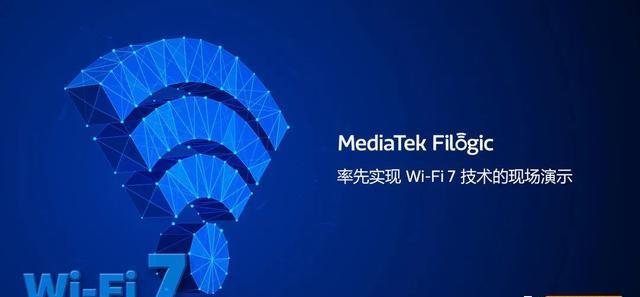Starting in January 2022, Mediatak and Broadcom have implemented live demonstrations of Wi-Fi 7 technology. Recently, Qualcomm also launched the Wi-Fi 7 Networking Pro series for 10Gbps APs.

In January 2022, MediaTek demonstrated Wi-Fi 7 for the first time at a communications conference based on its own Filogic chip products. MediaTek did not disclose much data, saying only that Wi-Fi 7 was 2.4 times faster than the previous generation network. The peak rate according to Wi-Fi 6 is 9.6Gbps, which means that Wi-Fi 7 can reach 24Gbps download speeds in the same mode.
In April 2022, Broadcom also released its Wi-Fi 7 ecosystem portfolio, which covers Wi-Fi routers, residential gateways, enterprise access points, and client devices. The first Wi-Fi 7 SoC, called the BCM4916, uses a quad-core Arm v8 processor with 64KB of L1 cache and 1MB of L2 cache, which seems to be Broadcom's custom design to provide 24 DMIPS performance.
In fact, at MWC 2022, Qualcomm also announced the details of the 802.11be client chip for mobile devices. The related product, FastConnect 7800, is expected to be available in the second half of 2022 and integrates Bluetooth 5.3 support with key features of Wi-Fi 7. Recently, Qualcomm launched the Wi-Fi 7 Networking Pro series of access point platforms to expand its Wi-Fi 7 portfolio.
Qualcomm's Wi-Fi 7 Networking Pro family will allow its customers to create a wide range of enterprise-class and advanced wireless access points/routers.
About Wi-Fi 7/802.11be
For now, 802.11be's focus is on extremely high throughput. This is mainly achieved through a combination of three different aspects:
Supports up to 16 Spatial Streams
Supports channel widths up to 320MHz (operates in the 2.4GHz, 5GHz, and 6GHz bands)
Supports 4096-QAM (4K-QAM) to make better use of the available spectrum (faster modulation/encoding schemes
※ It must be noted that there are wider channels only in the 5GHz and 6GHz bands.
Theoretically, these aspects allow wireless throughput of up to about 46Gbps. 802.11be also aims to enable Wi-Fi for real-time applications by including features for low-latency communication, such as multilink operation (MLO). This allows clients and access points to communicate simultaneously on multiple channels that may belong to different frequency bands.
So what stage is your wireless network? Is there a willingness to upgrade?!